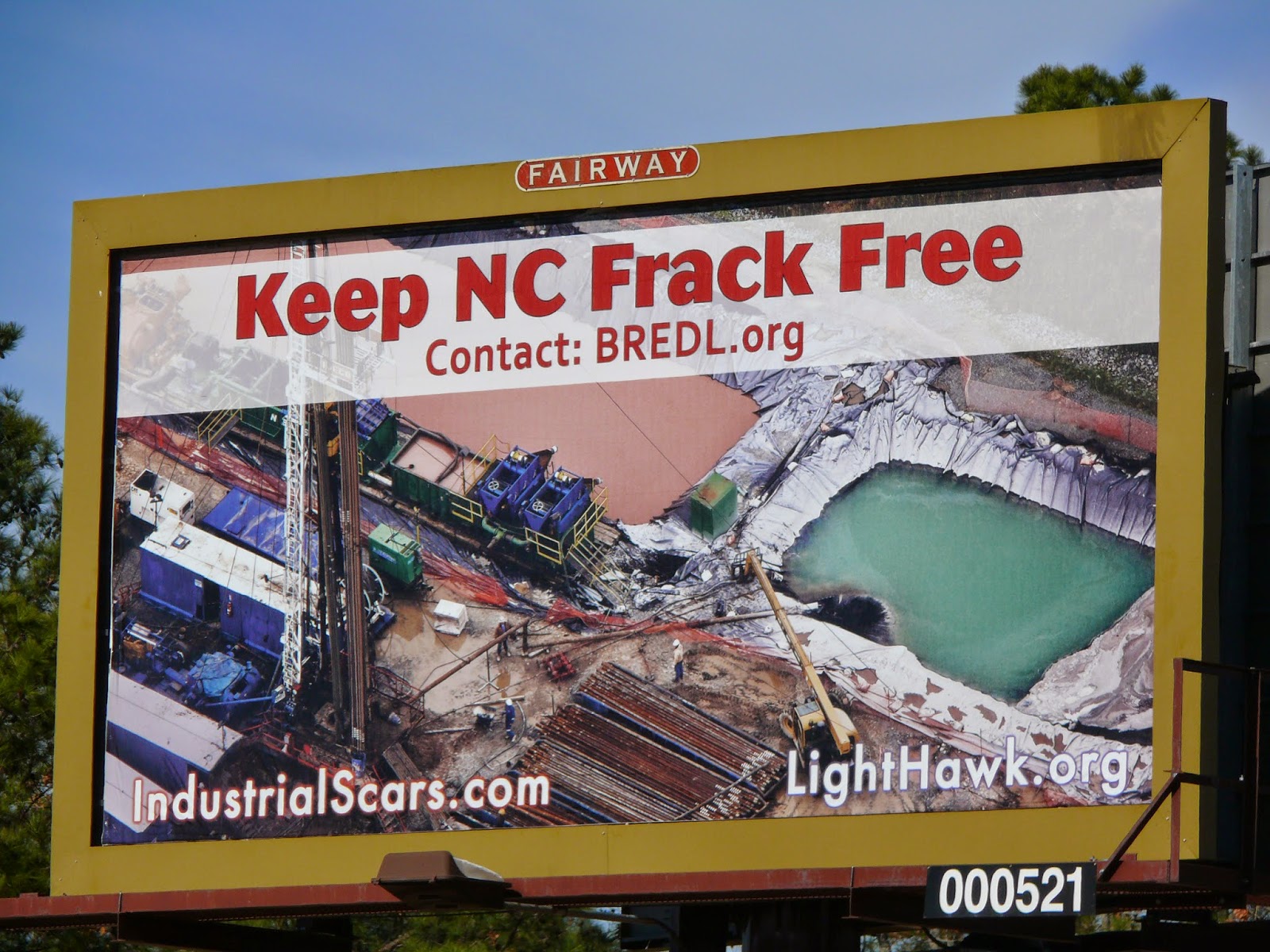No fracking signs in Judy's front yard.
Food and Water Watch, a national non-profit organization has released a new report, which dovetails well with the New York State Concerned Health Professionals compendium of fracking research. Much more is being learned in 2014 about the harms and risks of fracking. If you would like to read the whole report from Food and Water Watch, try this link:
Here is Wenonah Hunter's introduction to the report. It's a PDF.
***
The Urgent Case for a Ban on Fracking.
By Wenonah Hunter, Food and Water Watch.
As this report lays out, there is mounting evidence that fracking is inherently unsafe. Evidence builds that fracking contaminates water, pollutes air, threatens public health, causes earthquakes, harms local economies and decreases property values. And most critically for the survival of the planet, fracking exacerbates and accelerates climate change.
We are facing a climate crisis that is already having devastating impacts and that is projected to escalate to catastrophic levels if we do not act now. President Barack Obama came into office touting fracked gas as a “bridge fuel,” yet mounting evidence suggests that rather than serving as a bridge to a renewable energy future, it’s a bridge to a climate crisis.
While the environmental, public health and food movements have looked at mounting evidence and rejected fracked gas and oil, President Obama and his administration have aggressively promoted natural gas and domestic oil as a critical part of the United States’ energy future. President Obama repeatedly touts domestic gas production and has said that “we should strengthen our position as the top natural gas producer … [I]t not only can provide safe, cheap power, but it can also help reduce our carbon emissions.” His Energy Secretary Ernest Moniz has close industry ties and has claimed that he has “not seen any evidence of fracking per se contaminating groundwater” and that “the issues in terms of the environmental footprint of hydraulic fracturing are manageable.”
Obama’s Interior Secretary Sally Jewell has bragged about fracking wells in her prior career in the industry and has, despite radical changes in how fracking is done, called it a “technique [that] has
been around for decades,” and even implied that directional drilling and fracking can result in “a softer footprint on the land.” And the person charged with protecting communities’ water, Environmental
Protection Agency Administrator Gina McCarthy, has claimed “There’s nothing inherently dangerous in fracking that sound engineering practices can’t accomplish,” all while the EPA has ignored or buried findings that fracking has contaminated water in Texas, Wyoming and Pennsylvania. Most recently,the administration and several legislators have been pushing exports of liquefied natural gas abroad to countries where it will fetch the highest price, stoking already massive oil and gas industry profits at the expense of our rural communities, our water and our climate.
This support for fracking at the highest levels has caused unnecessary confusion and created political space for otherwise-concerned environmentally leaning governors to pursue fracking. In California, Governor Jerry Brown has been supporting fracking despite his stated desire to fight climate change. In Maryland, Governor Martin O’Malley has pursued a more cautious approach, but still has spoken favorably about future production and recently referred to natural gas as a bridge fuel. In New York, Governor Andrew Cuomo has not lifted a popular de facto statewide moratorium on fracking due to significant public pressure, but has also not moved to adopt a permanent ban. Citing President Obama’s support for fracking, the industry has criticized Cuomo.
Despite what President Obama and his administration claim, there have now been over 150 studies on fracking and its impacts that raise concerns about the risks and dangers of fracking and highlight how little we know about its long-term effects on health and our limited freshwater supplies. It’s time for President Obama and other decision makers to look at the facts and think about their legacy. How do they want to be remembered? What do they want the world to look like 20, 50 and 100 years from now?
We first made the case for a ban on fracking in 2011, but this new report shows that there is an urgent case for a ban. The evidence is in, and it is clear and overwhelming. Fracking is inherently unsafe, cannot be regulated and should be banned. Instead, we should transition aggressively to a renewable and efficient energy system.
***
No fracking billboard on U.S. #1 as you enter Lee County from the South. Is this what we want North Carolina to look like?


No comments:
Post a Comment